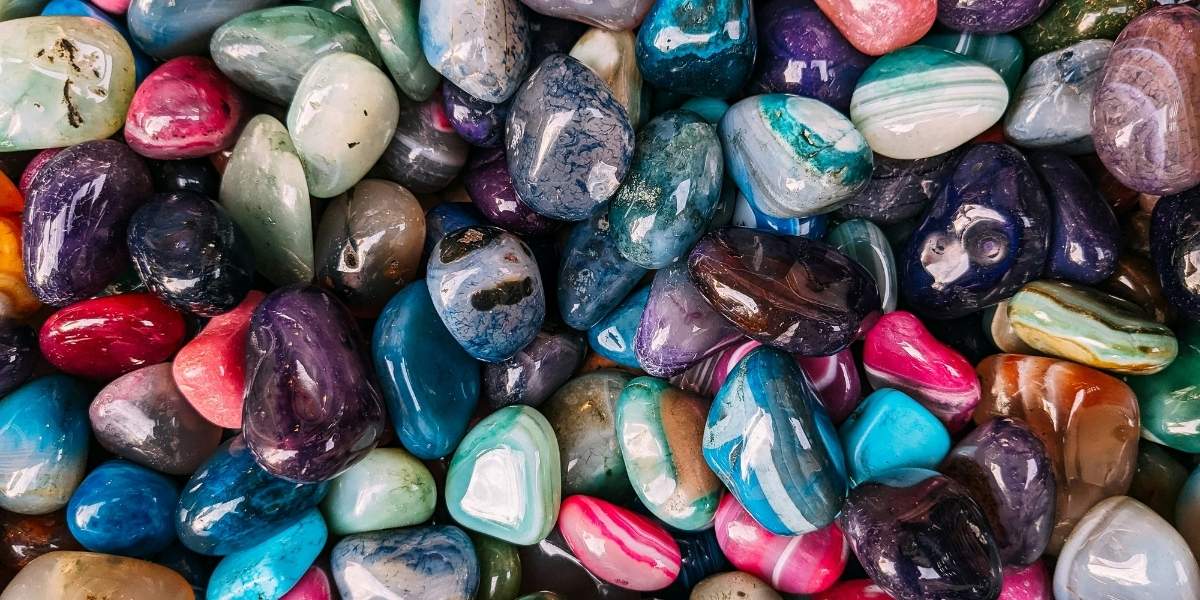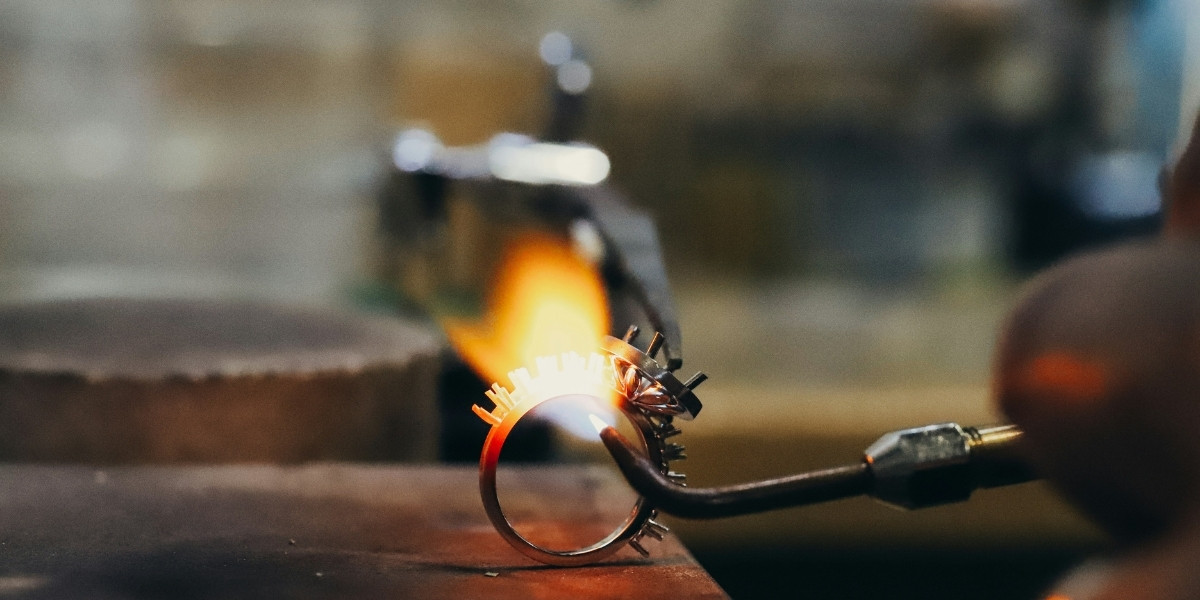Is Moissanite a Real Diamond?
In the world of fine jewelry, the term “diamond” has long been synonymous with sparkle, tradition, and value. But as the market has evolved, a new contender has emerged, often leading people to ask a simple, yet complex question: is a moissanite a real diamond? This question gets to the heart of the matter, as it delves into the composition, origin, and characteristics of this modern gemstone. The simple answer is that a moissanite is not a diamond. It is a distinct and separate gem with its own unique properties, a history of its own, and a place in the market as a diamond alternative. Understanding a moissanite means looking beyond its surface appearance to appreciate what makes it special and how it differs from the traditional gem it so often resembles.
Read Also: Atlantis: Myth, Metaphor, and the Search for a Sunken Utopia
The journey of moissanite is a fascinating one, beginning with a celestial event. Natural moissanite was first discovered in 1893 by a French scientist while he was examining rock samples from a meteor crater in Arizona. He initially mistook the sparkling crystals for diamonds due to their brilliance, but later correctly identified them as a new mineral: silicon carbide. Since natural moissanite is incredibly rare and exists only in tiny, almost dust-like quantities, the moissanite available in the market today is created in a lab. This lab-grown origin is a key part of the modern gem’s story, making it an accessible and consistent product. It also gives the gem a different value proposition from a diamond, which is a naturally occurring carbon crystal that forms deep within the earth over billions of years.
What Is the Fundamental Difference Between the Two Gems?
The most significant difference between a moissanite and a diamond lies in their chemical composition. A diamond is a mineral made of pure carbon atoms arranged in a crystalline structure. This unique atomic arrangement is what gives a diamond its renowned hardness and optical properties. A moissanite, on the other hand, is a mineral composed of silicon carbide. Although it is a silicon-based crystal, its brilliance and toughness are so close to a diamond’s that a person without training would have a hard time telling the difference with the naked eye. However, to a trained gemologist, the chemical distinction is the first and most important factor.

Photo Credit: Unsplash.com
This difference in composition leads to variations in the physical and optical properties of each gem. On the Mohs scale of hardness, which measures a gem’s resistance to scratching, a diamond scores a perfect 10, making it the hardest known mineral. A moissanite ranks slightly lower at a 9.25 to 9.5, which is still extremely durable and suitable for everyday wear. This high score means a moissanite is more scratch-resistant than nearly every other gem used in jewelry, but it can be scratched by a diamond. The difference in their composition also affects their specific gravity, or density. A moissanite is less dense than a diamond, which means a moissanite and a diamond of the same size will have a different carat weight, with the diamond being slightly heavier. This is one of the many reasons why the gems are valued differently.
How Do They Compare in Sparkle and Brilliance?
While a diamond is known for its classic brilliance, a moissanite is often described as having an even more intense sparkle. This is due to a scientific property known as the refractive index, which measures how much a gem bends and reflects light. A moissanite has a higher refractive index than a diamond, which means it disperses light more strongly. This often leads to more flashes of color, a phenomenon known as “fire.” When you look at a moissanite under a bright light, you will likely see a dazzling, rainbow-like sparkle. Some people prefer this vibrant, colorful effect, while others favor the more traditional white light return and balanced fire of a diamond.

Photo Credit: Unsplash.com
The way light travels through a moissanite is also different because it is a doubly refractive gem, while a diamond is singly refractive. This means that when light enters a moissanite, it is split into two separate light rays, which creates a kind of visual depth that is unique to the gem. To a professional, this double refraction can sometimes give the stone a slightly blurry appearance when viewed from certain angles. For a person without a professional eye, this characteristic simply contributes to the gem’s intense and fiery sparkle. These differences are a matter of personal taste, and some people are drawn to the unique and abundant sparkle of a moissanite, while others prefer the classic look of a diamond’s sparkle.
What Are the Ethical and Practical Considerations?
For many consumers, the origin of a gemstone is an important consideration. A moissanite, being a lab-grown gem, is a choice that is often seen as being free from the ethical concerns that are sometimes associated with the mining of natural gems. Because it is created in a controlled environment, its production has a lower environmental impact and can be traced from start to finish. This appeals to a growing number of people who are looking for a more sustainable and conscientious option for their jewelry. Its lab-created origin also means that a moissanite has fewer inclusions or imperfections than a mined gem, which are often a natural byproduct of the formation process. This consistency in clarity can be a major selling point for people who want a flawless-looking stone.
Read Also: Monopoly Explained: Power, Pricing, and Markets
When it comes to practicality, a moissanite is a very appealing choice. Its price is significantly lower than a natural diamond of a similar size and quality. This allows a person to purchase a larger stone or a more elaborate setting without the traditional cost. However, this also means that a moissanite does not have the same resale value or long-term investment potential as a diamond. While a diamond can hold a cultural and monetary value that can be passed down through generations, a moissanite is primarily a beautiful, durable, and affordable alternative for those who are looking for a piece of jewelry that is valued for its aesthetics rather than its investment potential. Its hardness and toughness make it an excellent choice for a piece of jewelry that is meant to be worn every day.












